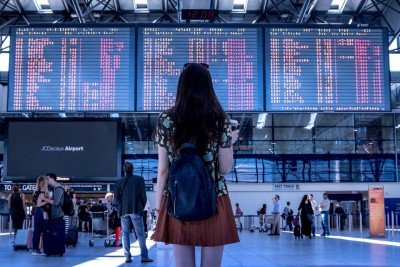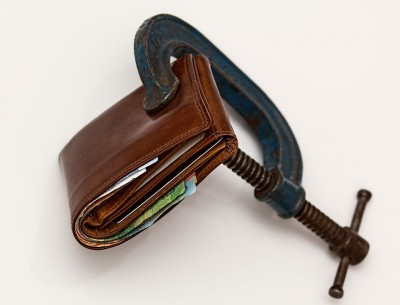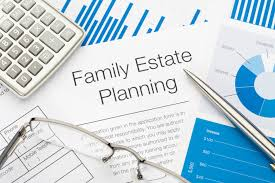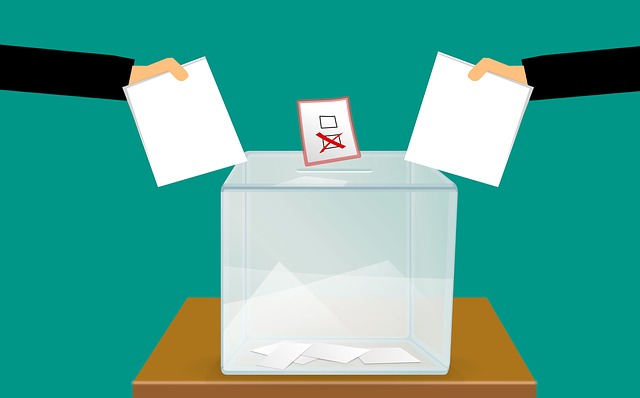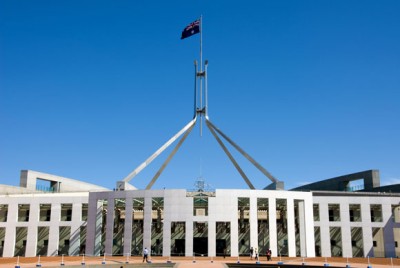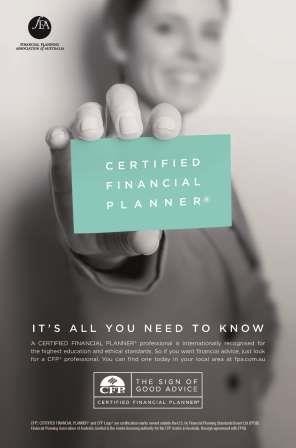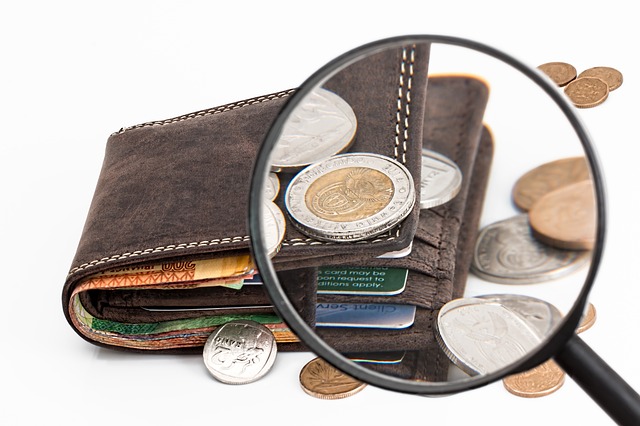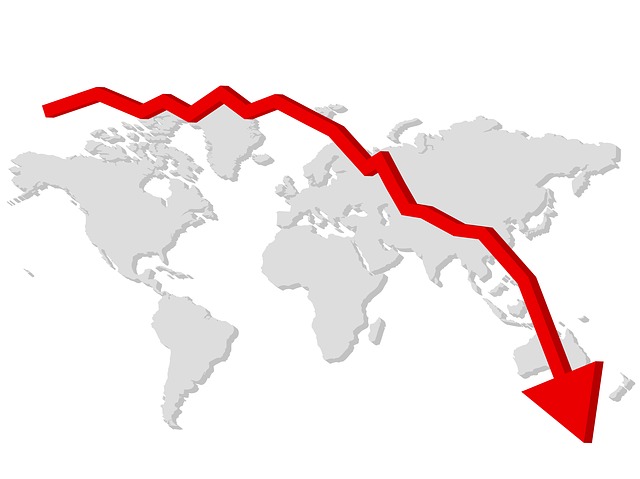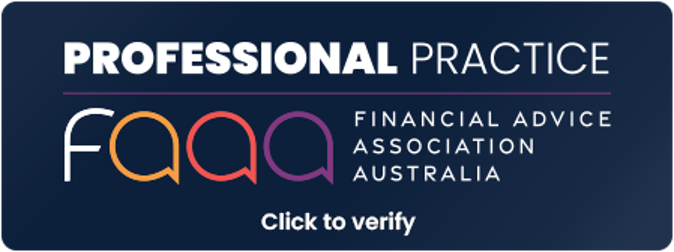
Keeping kids entertained during the holidays can put a strain on family budgets but with the start of a new school year looming, parents will soon face a range of education expenses.
Suncorp’s 2013 Cost of Kids report found parents spend an average of $19 a week on school costs for a child aged 5-12 or about $34 each week for each teenager.
Exactly how much your child’s education will set you back depends on whether you opt for the local public school or the private system.
Some of our more expensive private schools for instance, charge annual fees approaching $30,000. Even the public system is far from free, with families facing regular costs for uniforms, equipment, excursions and extracurricular activities.
Paying for it all can put households under serious financial pressure. In some cases grandparents may be tempted to dip into their retirement savings to help foot the bill.
Like any major cost, the best way to make the road to education more affordable is by planning ahead and putting money aside from an early stage.
There are a number of investments parents can use to grow an education nest egg – anything from high interest savings accounts through to shares or managed funds.
The important thing is to look for an investment with the flexibility to withdraw cash when it’s needed to pay for school costs.
An alternative option is to use your home loan as a way of saving for school expenses. By paying extra money into your loan on a regular basis you’ll save on long term interest charges. Then, when school fees and other education bills fall due, the additional payments can be withdrawn through a redraw facility – a feature that comes with most loans these days, including some fixed rate mortgages.
Clawing money back out of your home loan will limit your future savings on interest charges. That said, it’s a very simple and low risk approach to meeting school costs.
When it comes to planning for our children’s education I reckon parents can benefit from professional financial advice. It can help you decide the savings and investment strategy that best suits your family’s needs and circumstances.
It’s also worth pointing out that while all kids benefit from a quality education, if you’re considering the private system, be sure you can comfortably afford the cost.
If you’re likely to face a financial struggle paying school fees over a period that could span more than a decade, it may pay to look at other options.
We’re lucky in Australia to have a good public school system plus a range of private schools that are affordable. So do shop around for the school that fits your values, the needs of your children and your budget.









